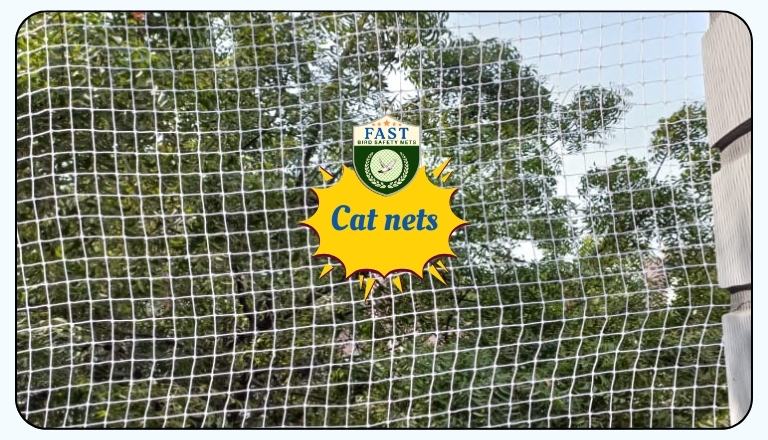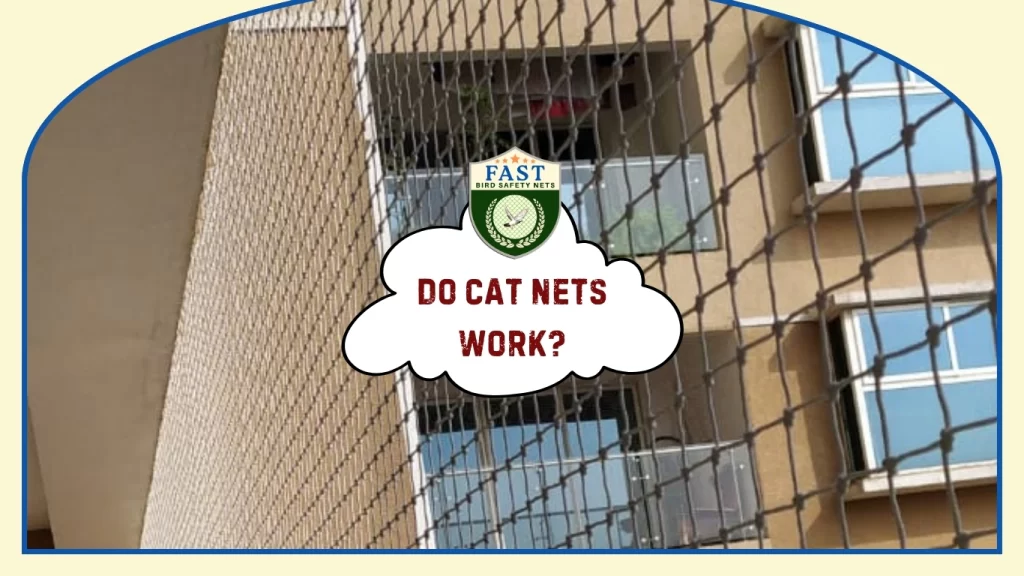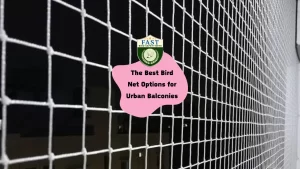Cat owners often grapple with the challenge of keeping their feline companions safe while allowing them outdoor access. Cat nets, also known as cat enclosures or catios, have gained popularity as a solution to this dilemma. These structures aim to provide cats with a safe outdoor environment while preventing them from wandering off or being exposed to potential dangers. In this article, we delve into the effectiveness of cat nets, exploring their benefits, limitations, and factors to consider when implementing them.
Benefits of Cat Nets:
- Safety: Cat nets serve as a barrier, preventing cats from roaming freely and encountering hazards such as traffic, predators, or toxic substances.
- Health: By restricting outdoor access, cat nets can help reduce the risk of injury, illness, and exposure to parasites or infectious diseases.
- Environmental Protection: Cat nets promote responsible pet ownership by preventing cats from hunting local wildlife, which can disrupt ecosystems and endanger native species.
- Behavioral Enrichment: Cat enclosures provide opportunities for mental and physical stimulation, allowing cats to explore, climb, and observe their surroundings in a controlled environment.

Limitations of Cat Nets:
- Installation Challenges: Setting up a net enclosure can be labor-intensive and may require modifications to existing structures, such as balconies or windows.
- Space Constraints: The size of the enclosure may limit the cat’s freedom of movement and access to natural elements, impacting their overall well-being.
- Cost: Depending on the size and complexity of the enclosure, these nets can be expensive to purchase and install.
- Maintenance: These nets require regular cleaning and upkeep to ensure durability and hygiene, which may pose additional responsibilities for pet owners.
Factors to Consider:
- Location: Choose a suitable location for the cat enclosure, considering factors such as sunlight exposure, ventilation, and proximity to potential hazards.
- Design: Customize the enclosure to meet the specific needs and preferences of your cat, incorporating features like shelves, perches, and hiding spots.
- Safety Measures: Ensure the net is securely fastened and inspected regularly for any signs of wear or damage that could compromise its effectiveness.
- Supervision: While nets offer a degree of protection, it’s essential to supervise your cat while they’re outdoors to prevent accidents or escapes.
Conclusion: These nets can be an effective solution for providing outdoor enrichment while keeping cats safe from harm. By weighing the benefits, limitations, and practical considerations, pet owners can make informed decisions about implementing cat enclosures in their homes. With proper planning and maintenance, cat nets offer a balance between freedom and safety for our beloved feline companions.






